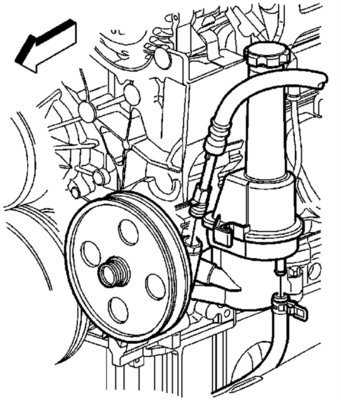
Continental Tire Opens Retread Solutions Center in South Carolina
The company said it hopes to uncover new improvements and technologies to innovate the retread process.
Continental Tire recently opened its Continental Retread Solutions Development Center in Rock Hill, S.C., with a focus on retread process improvements and technology development. The goal, Continental says, is to bring “innovation and up-to-date retread processes to Continental’s Retread Solutions Partners and the fleets they serve.”
AUDI Outside Air Temperature Readings
Incorrect readings can be avoided.

Mercedes-Benz ABC Suspensions
The system provides great ride & handling, but it can be complicated to service if you do not have the right training.

Audi TFSI/FSI: Oil Consumption And Carbon Buildup
Technical Service Bulletins can be valuable in helping solve vehicle problems. But sometimes, it takes multiple TSBs to find a pattern failure or the “root cause” of a problem. In the case of the Audi/VW 2.0L Fuel Stratified Injection (FSI) engine introduced in 2006, three problems related to engine carbon and fuel issues are connected

BMW Headlight Service
Taking a guess can get very pricey if you can’t return the part.

Other Posts
Nissan Electro Hydraulic Steering
Nissan’s steering system is susceptible to driver-error.

Philips Announces GoPure GP5212 Automotive Air Purifier
It uses a 3-layer filter to deliver cleaner, healthier, fresher air on the go, Lumileds said.
AACF Launches 65th Anniversary Fundraising Initiative
The campaign aims to raise $65,000 through 1,000 donations of $65 each.
Standard Motor Products Announces 123 New Numbers
The release provides new coverage in 53 distinct product categories and 47 part numbers for 2023 and 2024 model-year vehicles.


